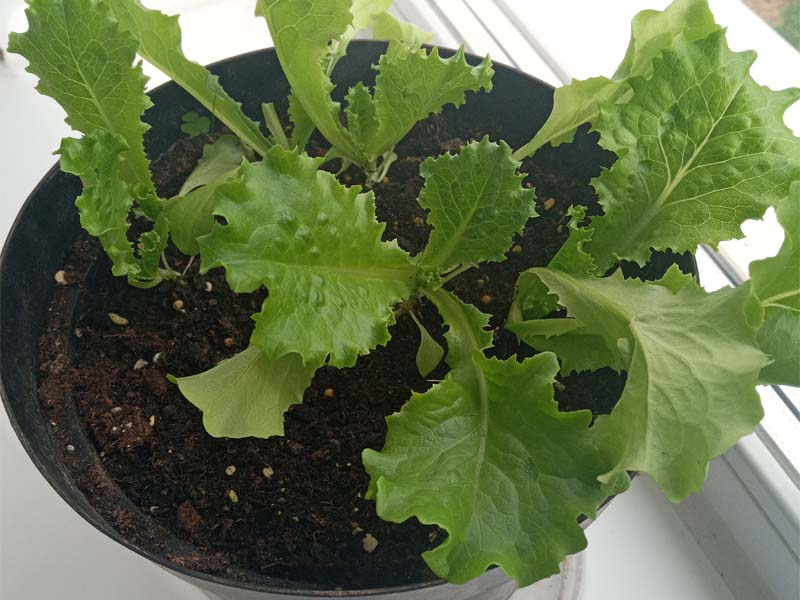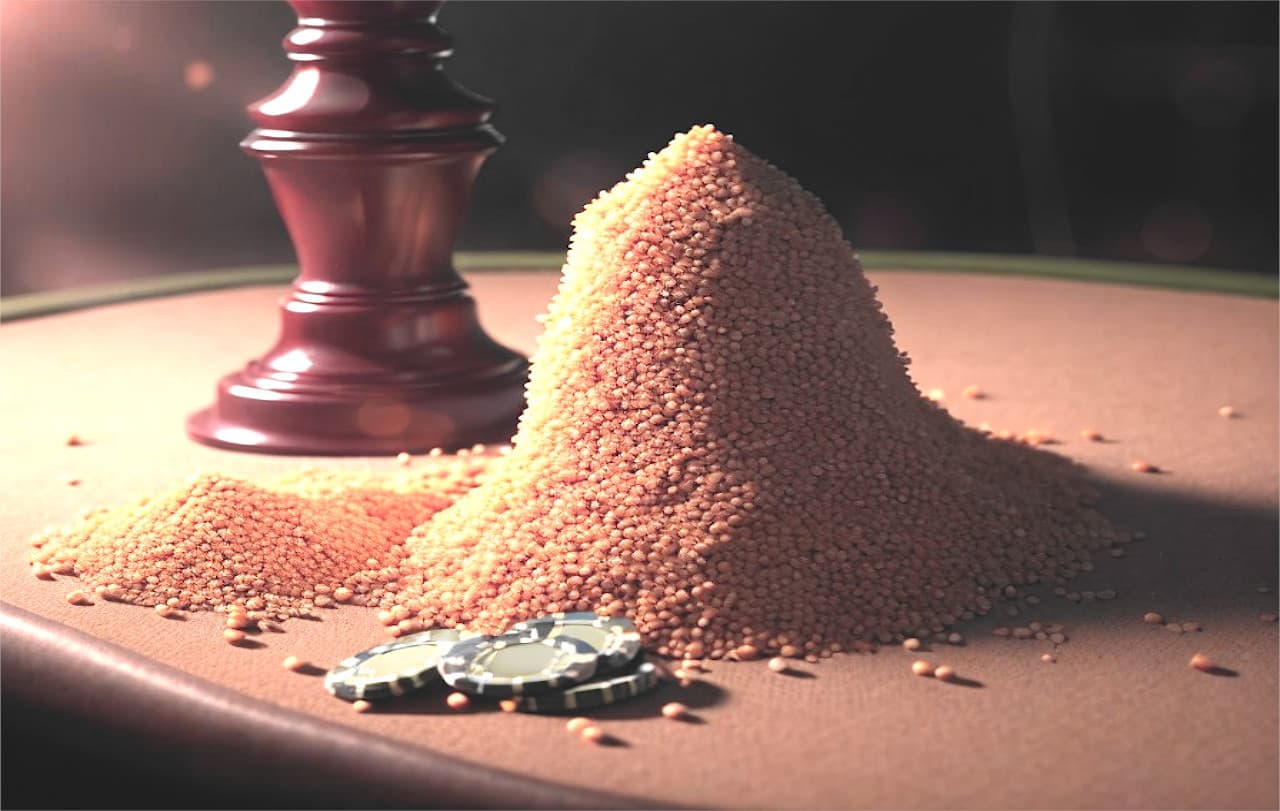Growing your own vegetables is a great way to ensure a healthy and fresh supply of produce for your family. But what if you live in an area with harsh winters, limited outdoor space, or no access to a community garden? Fortunately, with the right set-up, you can grow vegetables indoors all year-round.
Indoor gardening has been gaining popularity in recent years, and for good reason. It allows you to control the environment in which your plants grow, including temperature, light, and water, which can lead to better yields and healthier plants. Plus, indoor gardening is a great way to exercise your green thumb all year-round, regardless of the weather outside.
By the way, the most effective method of growing vegetables indoors is hydroponics. To learn more about it, read the article Hydroponic Systems for Vegetables.
Choosing the Right Vegetables for Indoor Gardening
Not all vegetables are suitable for indoor gardening, so it’s important to choose ones that will thrive in an indoor environment. Some vegetables that grow well indoors include leafy greens like lettuce, spinach, and kale, root vegetables like carrots and beets, herbs like basil and parsley, and fruiting plants like tomatoes and peppers. Make sure to select varieties that are well-suited for indoor gardening and can thrive in the conditions you can provide.
Setting Up Your Indoor Garden
Once you’ve chosen your vegetables, it’s time to set up your indoor garden. Start by selecting a location with ample light and space. Most vegetables require at least six hours of direct sunlight a day, so make sure your chosen location can provide enough natural light or invest in grow lights.
Air circulation is also important, as it helps prevent fungal growth and encourages pollination. Keep the temperature between 60 and 75 degrees Fahrenheit and make sure the soil is well-draining.
Tips for Successful Indoor Gardening:
To ensure your indoor garden thrives, there are a few things to keep in mind.
First, monitor temperature and humidity levels closely to make sure they are within the optimal range for your plants.
You may need to adjust your lighting or heating to maintain the right conditions.
Pollination can also be an issue in an indoor garden, so consider hand-pollinating your plants.
Keep an eye out for pests and be proactive with pest control.
Finally, make sure to harvest your vegetables when they are mature to ensure the best flavor and texture.
Best Vegetables for Indoor Gardening
While most vegetables can be grown indoors with the right conditions, some are better suited for indoor gardening than others.
Leafy greens like lettuce and spinach are ideal, as they require less light and can be harvested multiple times.
Root vegetables like carrots and beets are also great options, as they don’t require as much space as some other vegetables.
Herbs like basil and parsley are easy to grow and add fresh flavor to your meals. And if you have the space, tomatoes and peppers can be grown in containers and can produce a bountiful harvest.
In conclusion, growing vegetables indoors all year-round is a great way to ensure a steady supply of fresh produce, regardless of the weather or space constraints. With the right set-up and care, you can enjoy the benefits of indoor gardening and delicious, homegrown vegetables.
Related questions
Can you grow vegetables indoors with LED lights?
Yes, it’s possible to grow vegetables indoors using LED lights. In fact, LED grow lights have become increasingly popular among indoor gardeners because they can be more efficient and effective than traditional fluorescent or incandescent lights.
LED grow lights emit light in specific wavelengths that plants use for photosynthesis, allowing for more precise control over the type and amount of light the plants receive. This can result in faster growth, higher yields, and healthier plants.
What is the best soil for growing vegetables indoors?
One of the best options for indoor vegetable gardening is a high-quality potting mix. Potting mixes are formulated to provide the ideal balance of water retention, drainage, and nutrients for container gardening. They are typically made from a blend of peat moss, perlite or vermiculite, and compost or other organic matter.
When selecting a potting mix for indoor vegetable gardening, look for one that is labeled specifically for vegetables or herbs. Avoid mixes that contain chemical fertilizers, as these can be harmful to the environment and can lead to nutrient imbalances in your plants. Instead, choose a mix that contains organic fertilizers or add your own organic amendments, such as compost or worm castings.
What vegetables don’t need a lot of room to grow?
Leafy Greens – Leafy greens like lettuce, spinach, and kale are excellent choices for small-space gardening. They grow quickly and don’t require deep soil, so you can grow them in shallow containers. Plus, they are packed with nutrients and can be used in a variety of dishes.
Radishes – Radishes are a fast-growing vegetable that can be grown in small containers or even in window boxes. They don’t need a lot of space or soil, and they add a spicy crunch to salads and sandwiches.
Green Onions – Green onions, also known as scallions, can be grown in small pots or containers on a sunny windowsill. They don’t require a lot of soil or space, and they can add a mild onion flavor to many dishes.
Carrots – While carrots typically require deeper soil for their long roots, there are some varieties that can be grown in shallow containers. Look for round or short varieties, such as Thumbelina or Paris Market carrots, that are perfect for small-space gardening.
Herbs – Herbs like basil, parsley, and thyme can be grown in small pots or containers on a windowsill or countertop. They don’t require a lot of space or soil, and they can add fresh flavor to many dishes.
Microgreens – Microgreens are tiny versions of leafy greens and herbs that are packed with nutrients and can be grown in small containers. They are harvested when they are young, so they don’t need a lot of space or time to grow.
Overall, there are plenty of vegetables that can thrive in small containers and tight spaces. With a little creativity and care, you can enjoy a bountiful indoor vegetable garden, even in the smallest of spaces.



